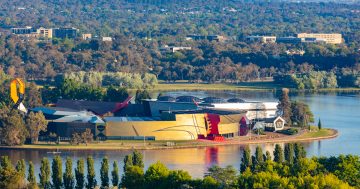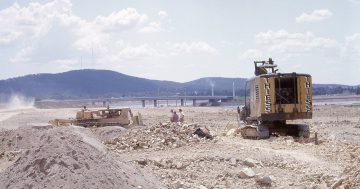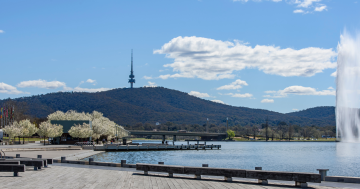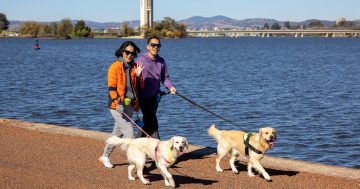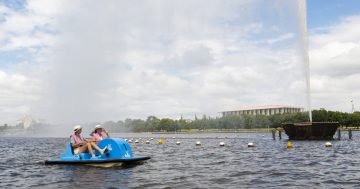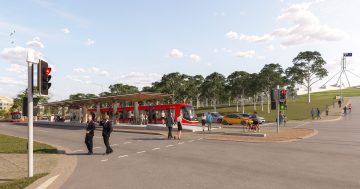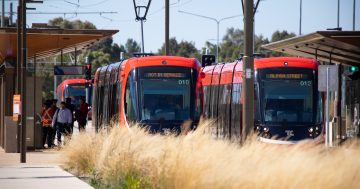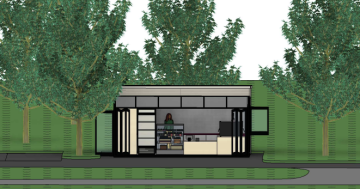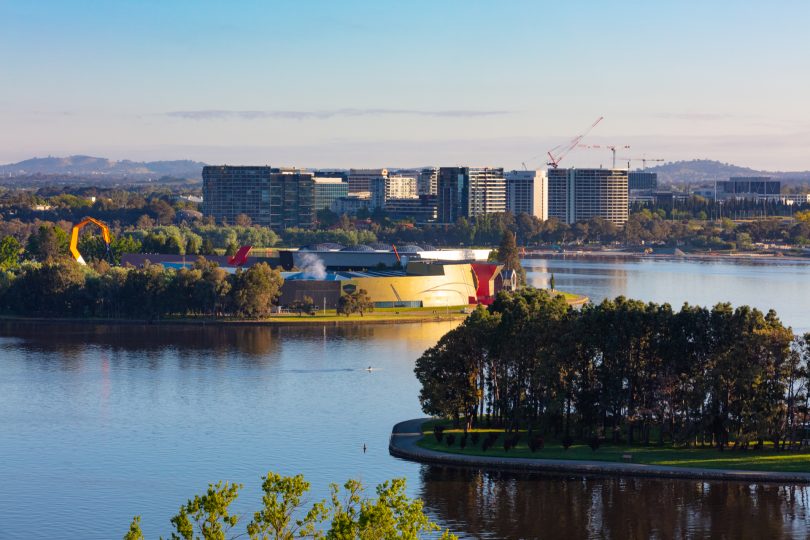
A footbridge would connect the National Museum to the other national institutions. Photo: Thomas Lucraft.
Walter Burley Griffin’s original idea for a pedestrian bridge from Lennox Gardens to Acton Peninsula has again been resurrected – this time in a submission to the National Capital parliamentary inquiry.
Despite the demise of the proposed Immigration Bridge in 2010 due to community opposition led by lake users, the Public Transport Association of Canberra has told the inquiry that the experience of hundreds of thousands of people who visit Lake Burley Griffin should come first.
The submission argues that a footbridge would connect the National Museum to the Parliamentary Zone and its national attractions, activate both sides of Lake Burley Griffin and enhance the visitor experience.
It says the Griffins’ original plan recognised how the lake separated the city, providing crossings at Acton Peninsula and the Causeway.
Any talk of a new bridge is likely to be controversial, but it would fit with the National Capital Authority’s stated mission to expand the lake experience for Canberrans and visitors, such as its proposal for an expanded bridge-to-bridge walk.
It also could have new relevance as the development of West Basin and beyond to the National Museum edges closer.
PTCBR believes the benefits would outweigh the disadvantages, and the bridge would serve more people than those who currently use the lake.
“PTCBR recognises that any future proposals are likely to be as hotly contested as they were in 2009-10, given the conflict between the benefits the project would bring to the area, against the interests of certain lake users and the effects on existing vistas and heritage values,” the submission says.
It says it is impossible to neatly “reconcile competing issues”, but “one set of priorities must ultimately prevail”.
“Any decision to build or not build this connection necessarily involves a deliberate decision of which interests and priorities should be given greater weight,” the submission says.
“While PTCBR’s view is that improving the experience for the hundreds of thousands of people who visit the lake should be preferred, we encourage any future decision makers to be explicit about what they consider to be more important, rather than preserving the status quo for its own sake.”
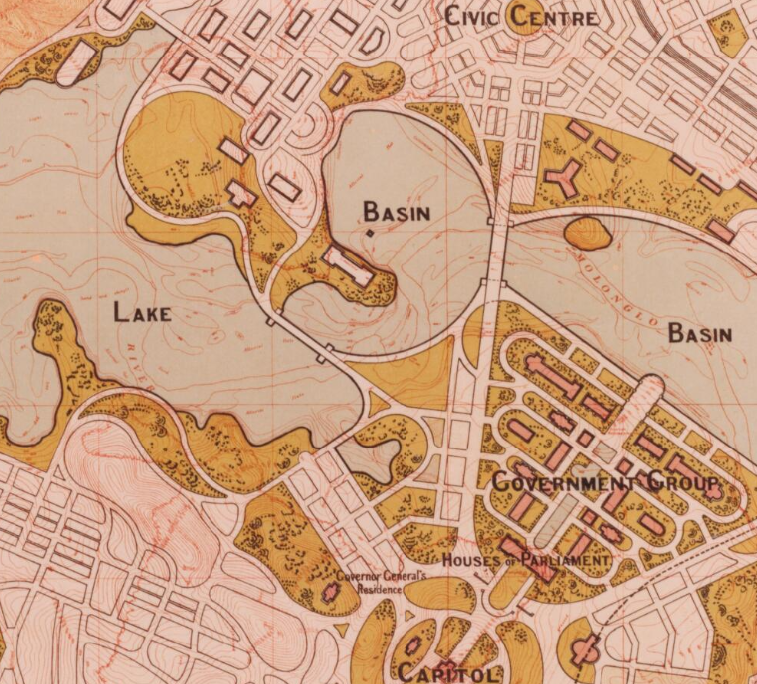
A section of the Griffins’ original plan for Canberra. Photo: NLA.
The 400-metre-long Immigration Bridge proposal initially attracted the support of the then Federal Government, but the proposal came under fire from the Canberra Yacht Club and heritage activists; interestingly, the same coalition that unsuccessfully opposed the introduction of the seaplane services to Lake Burley Griffin.
The Yacht Club argued the bridge would interfere with breezes and be quite dangerous to its activities on the water, especially for its sailing school.
One submission said the concept was based on a mistaken desire to stick to elements of the Griffins’ design despite the realities of an evolving city that had rendered the original concept irrelevant and inappropriate.
It argued that the footbridge would be much longer than that envisaged by the Griffins, be costly to build and maintain, be used by few pedestrians, and could be impractical for cyclists.
The Walter Burley Griffin Society said it would have impeded the main central area vistas, altered the shape of West Basin and Griffins’ lake symmetry, detracted from the Water Axis, obscured the diagrammatic separateness of the Parliamentary Triangle, and potentially transformed West Basin into an unevenly shaped pond to embrace intense development from the expanding CBD.
The NCA’s then chief executive Gary Rake said any bridge there would ultimately have a negative impact on heritage values.
But more than a decade later, with greater development, a higher population and more lake tourism, has the climate changed?












